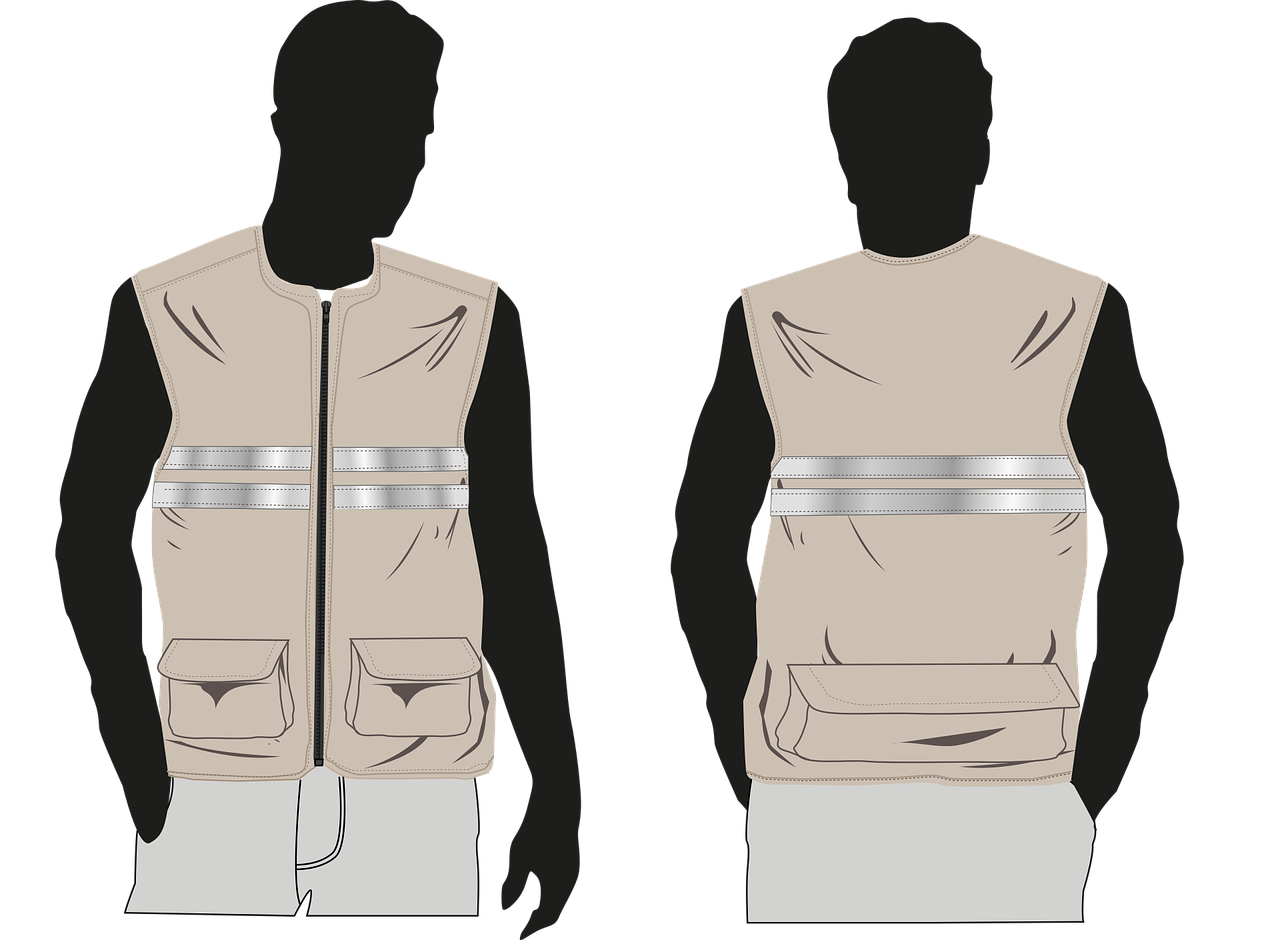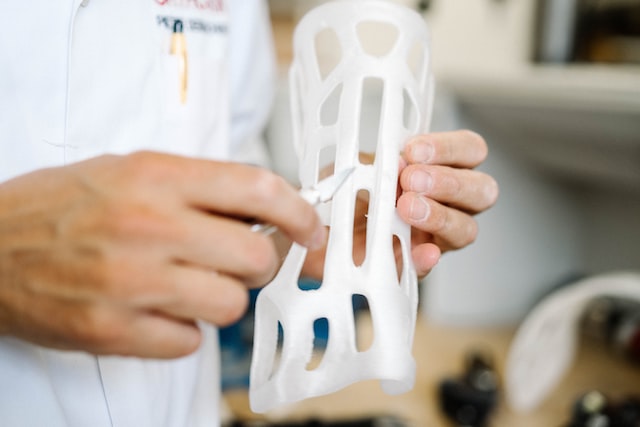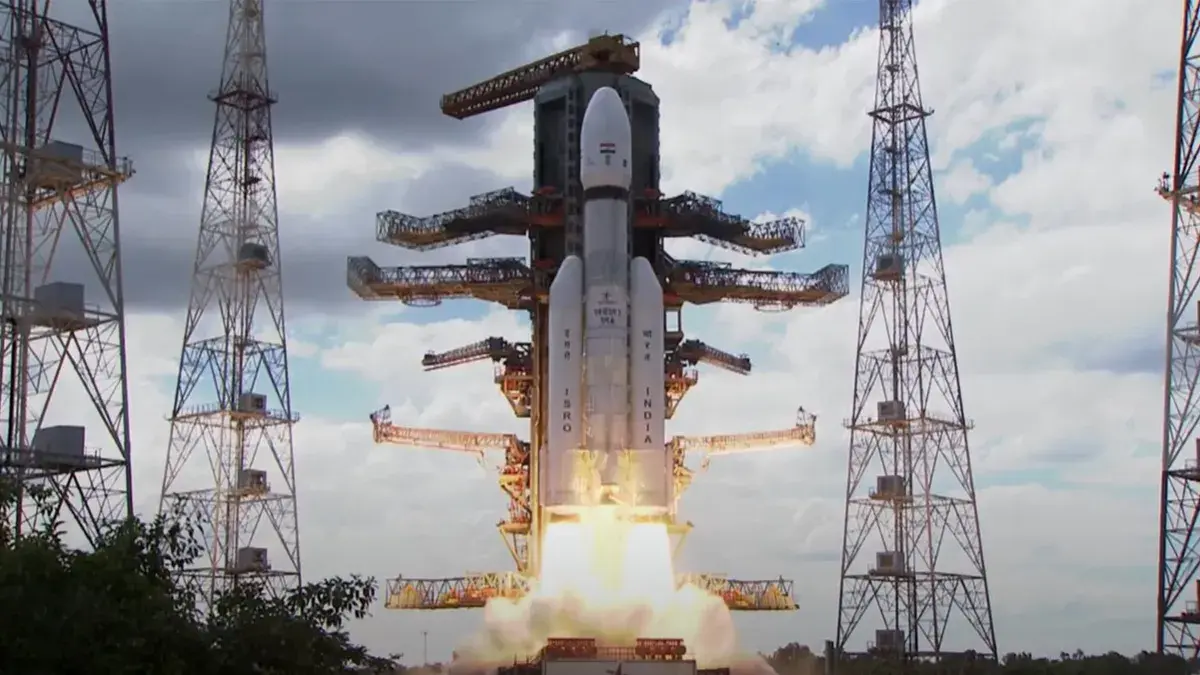If you’ve ever been to Japan, you know that Japanese subway and train automated ticket gates are the best in the world, putting most others to shame. Turn styles and gates in Boston make you feel like you’re entering a guillotine, at any moment the doors will close and lop off a limb. Conversely, Japan’s subway and train gates work with the precision of a Swiss watch, opening and shutting with amazing speed without causing a passenger to think twice about moving through it. Japanese commuters move through turnstiles at a much higher rate than is possible with inferior U.S. technology.
And try standing in the middle of a New York or Boston subway train without support and within seconds you’ll be thrown off balance by the unevenness of the surface on which the train is riding. Do the same on a Japanese subway or train and more often than not you can stand for the entire trip without losing balance.
Of course, the New York and Boston subways were some of the first in the world while Japan’s are more recent. But it doesn’t make the experience in the U.S. any easier to stomach. And Japan has long had a much higher density of people traveling on trains, and this fact has pushed their technology forward at a faster pace than in the West. A rush hour train in Tokyo is like being in a can of sardines; you’ll get closer to complete strangers than you ever thought possible. The busiest trains in New York City carry about half as many people as the busiest trains in Tokyo.
So, in this case, “necessity is the mother of invention.” In order for Japan to move huge amounts of people they had to develop technology to allow the gates to “process” hundreds of people a minute, whereas in the U.S. it’s a much slower volume to contemplate.
Automating Ticket Inspection and Validation
In fact, Japan installed its first automated railway ticket gates nearly 50 years ago, in 1967, at Hankyu Railway’s Kita-Senri Station. When I lived in Japan in the 1990s I often wondered why New York was still using subway tokens; this didn’t change until a couple years ago. I imagined that if such a clean and high-tech technology were installed in New York City, it would have been quickly sabotaged with gum, glue or liquid, rendering them useless. Japan’s famed homogeneity is in many cases quite an advantage.
The Technology
Over the past several decades, Japan has led research on the logic architecture for high-speed validation of computer passes and the deployment of automated ticket gates, accepting both magnetic tickets and commuter passes. Researchers in Japan developed a calculation method for verifying routes and sections of a passenger’s pass to handle situations in which fares differed depending on entry and exit stations. Japan also developed standards for processing of magnetic commuter passes that led to storing value on cards that could be inserted directly into the gate. In typical Japanese fashion, tickets were light and durable and beautifully designed with photos and artwork making them a collector’s item.
Today, Japanese commuters can go through a gate using “contactless” IC cards and use the same card for rail, subway, bus, and other services. The system sends automated emails to parents when their kids pass through a gate. Finally, since 2006, Japanese commuters have been using cell phones as de facto train “passes” on which they hold and purchase value and payment is made wirelessly. Because of these features, Japan Railways’ automated ticket gate technology has been recognized as an IEEE milestone.
Related articles on IndustryTap:
- Saudi Arabia’s First High-Speed Railway Under Construction
- Tallest Railway Bridge in the World, 1,177 Feet High, Being Built in India
- China Plans 8000+ Mile High Speed Underwater Railway to America
References and related content:






